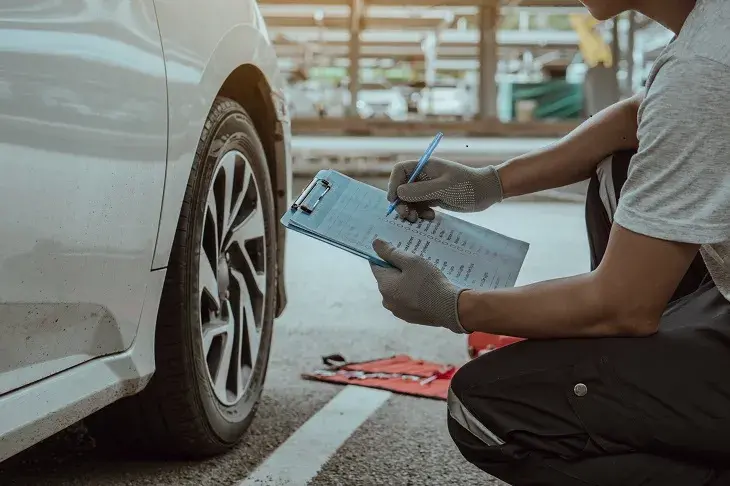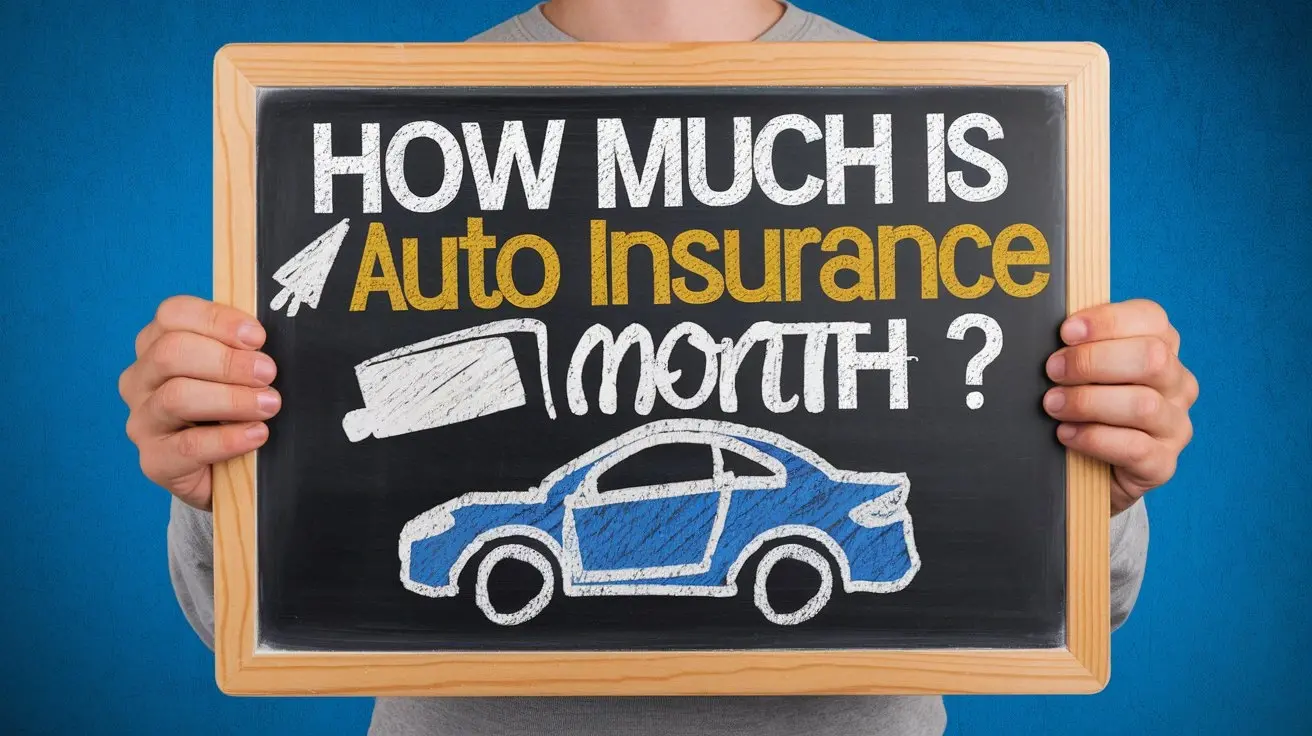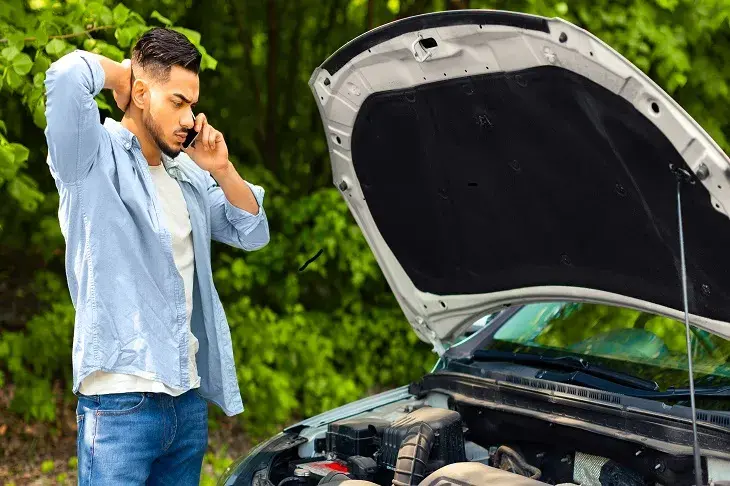21
Feb

People must take their cars for safety checks to have them serviced appropriately. Preventative maintenance involves a careful examination of all the parts and systems that are crucial for safe and efficient operation to identify potential problems that may cause future failures or incidents. Below is a comprehensive and detailed description of what a mechanic does during a safety inspection and why each of them is so crucial for safety on the road.
Lights – Seen and Unseen
One of the most important areas checked during a safety inspection is your car's lighting system, including:
- Headlights – Bulged or dim or poorly aligned headlights mean that the driver will not be able to see much of the road ahead during the night or in conditions such as fog. The mechanic will ensure that it is functional on both the left and right sides by turning on the high and low beams.
- Brake lights – These are the lights that ensure that other drivers are informed that a specific driver is braking. Bad brake lights cause an increased frequency of people or other cars to hit from behind.
- Turn signals – These include turn signals that are functioning well to ensure that a change of lanes or turning is safe to be done. The rapid flashing of the bulbs means the bulb is nearly out.
- Emergency flashers – These are important lights that illuminate to warn other motorists that your vehicle has developed a mechanical problem and is stationed on the roadside.
- Interior and dashboard lights – Hue apart from freezing and condensation problems, faulty interior lighting makes night driving more tiresome and viewing the gauges more challenging.
- Suspension – to ensure we achieve a smooth and safe drive.
It provides stability and enables the control of steering, brake, and acceleration systems on your car. Key suspension components checked include:
- Shocks/struts – Dampers or shock absorbers – Worn shocks or struts enable the vehicle to bounce and make it hard tomanoeuvrer.
- Ball joints – These allow the wheels and the axles to have some freedom of movement. Worn ball joints equally lead to instability and erratic response to vehicle control inputs.
- Tie rods – These ensure that the steering assembly is interlinked with the wheels. Incorrect tie rods lead to poor handling and excessively slack steering.
Other tests include checking for fluid leaks, strut bar linkage is tight, wheel bearing noie, and improper alignment are other aspects of suspensions.
Brakes: The Most Crucial Safety Feature
By far, the most crucial aspect of a car is the steadiness and assurance that it provides through its braking system. During a brake inspection, a mechanic will:
- It is important to examine the brake fluid level and determine the suitability of the existing fluid.
- Feel for the brake pedal pressure and how rigid it is.
- He needs to inspect for brake fluid leaks that may signify issues.
- Check for any wear and damage on brake lines,calliperss, rotors, brake pads
- Perform parking/emergency brake check origouror
Pedal vibrations that are not attended to at the initial stages may lead to severe problems and incidences.
Tires – the Only Link between a Vehicle and the Road
They referred to ttyresres as they are important in determining acceleration rate, braking system, steering, and safety. The inspector will check:
- Tread depth – the legal limit is normally 2/32” and some states have laws that govern how deep the tire’s tread must be before it can be considered legal to drive on the road. Less tread depth implies that the tyres have poor traction that is needed for making cornering or quick stops.
- Tyre pressure - low-pressure tyres are not good for the tyres as they are likely to degrade faster and affect fuel consumption and handling.
- Uneven and abnormal tyre treadwear patterns: This could be a hint towards suspension issues or a problem related to the wheels.
- Sidewall damage – In the event there are cracks or bulges in it, then they are considered unfit for use and thus need replacement.
We need tyres that are inflated to the appropriate level of pressure and have enough thickness for the vehicle to remain on the road.
Fluid levels – It is crucial to ensure that the core mechanisms are being processed.
They are what make everything to kind of function well in your car. During an inspection, all fluid levels get checked and topped off if low, including:
- Engine oil - The low levels of oil cause a lack of sufficient lubrication and cooling inside the engine hence fast wearing out.
- Transmission fluid – It helps to cool and lubricate the transmission and make it perform efficiently. This is due to low fluid or lack of it as it causes hard shifting.
- Steering fluid - Used in power steering to assist in making the steering easy. This means that when low in fluid the steering of the bicycle becomes stiff.
- Water/anti-freeze – It is used in the cooling of the engine and does not freeze during winter. Low coolant causes overheating.
- Brake fluid - This is used to exert pressure on brake pads. Based on the simulation, low fluid decreases the braking capability of the car.
- Washer fluid - Used to spray the windshield especially when handling a dirty or wet surface of the glass.
Intake avoidance of fluids prevents future Breakdowns which may be characterized by a degraded system performance or complete system failure.
Battery & Electrical System
The battery and electrical system are responsible for lighting up fuses, igniting sparks, powering up all computer controls, and much more. The key checks here include:
- Post status and cable condition – The condition of the cable and battery post leads to the failure of the electrical system due to corrosion.
- Battery charge level – Weak batteries take time to start the vehicle and do not efficiently supply electricity to the electrical commodities in the car.
Turn on the lights, blow the horn, play the radio, open and close windows, etc - Malfunctioning may point to faulty switches, relays, or motors.
The car simply cannot operate if it does not have enough battery power or if the electrical connections are not proper.
Emissions & Exhaust System
While not immediately affecting safety, inspecting emissions and the exhaust can turn up issues needing attention, like:
- Check Engine light – Aids in making sure the vehicle complies with emissions standards; relates to ignition, fuel, or emissions system. These should be scanned and repaired as soon as possible.
- Exhaust smoke – This may indicate broken rings, worn bearings, or a host of other problems, including faulty sensors.
- Breathing problems- Carbon monoxide, which could be fatal, could seep into the cabin of the car.
- Damage to the converter, muffler, or pipe – These are likely to cause expensive repairs if they are not addressed since the failing components will have to be changed.
Detecting emissions problems at their early stage is effective in avoiding damage, does not call for major overhauls and maintains the car green.
Test Drive
Last but not least, a test drive enables an inspector to touch, to see and even to hear with an attempt that could not be otherwise made. They will listen for odd noises and check:
- Steering response and direction stability The car should centrally align and drive straight without pulling to either side.
- Transmission shifting smoothness
- Owning the engine power and acceleration of the vehicle made it very easy for the driver to control the car.
- Brake operation
- Any new vibrations, smells, etc. New vibrations may result from an increase in traffic or movement of people and equipment on the bridge.
The test drive helps reveal more problems before you rely on the car to run vital errands.
The Bottom Line
Even though taking an hour or more to go through the entire checklist may be time-consuming and require a lot of effort, safety inspection is one of the best forms of preventive measures. It makes sense because it is easier and cheaper to identify and repair problems that arise from faulty systems and prevent major failures or accidents down the line. The small investment of an inspection provides reassurance and may be worth it since you could end up spending a lot more if there are underlying problems and you have to deal with them later on. Do not compromise on quality – seek a safety inspection service that will provide you with safe and reliable transportation for a long distance.
Lower Your Auto Insurance Costs! Call ???? (888) 666-1005 Today!




